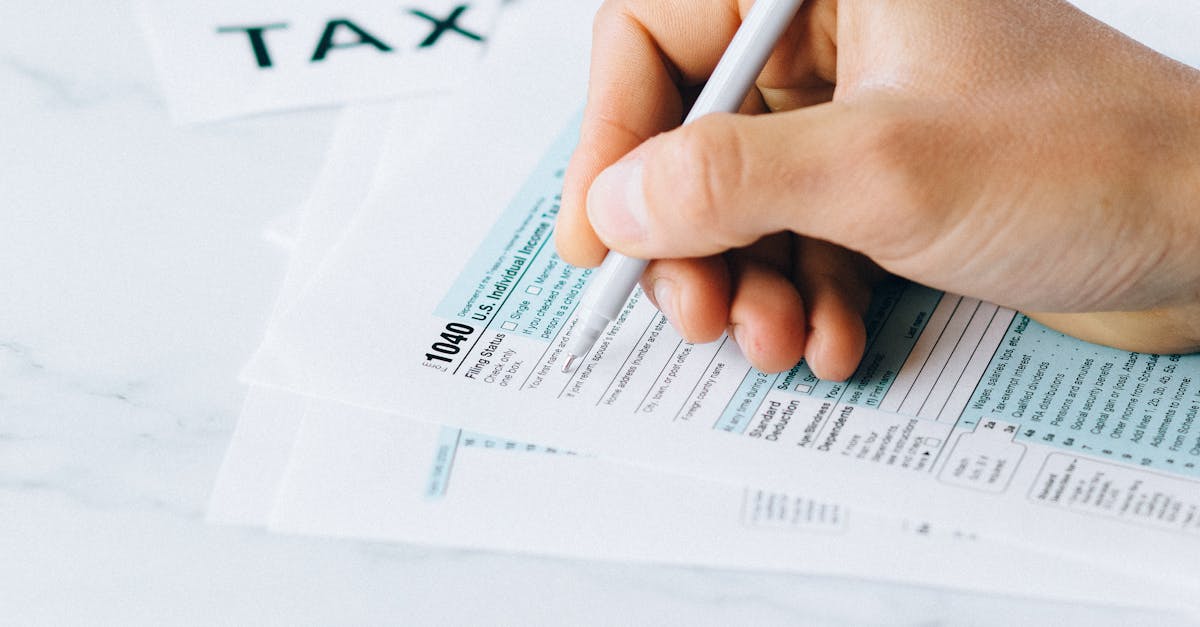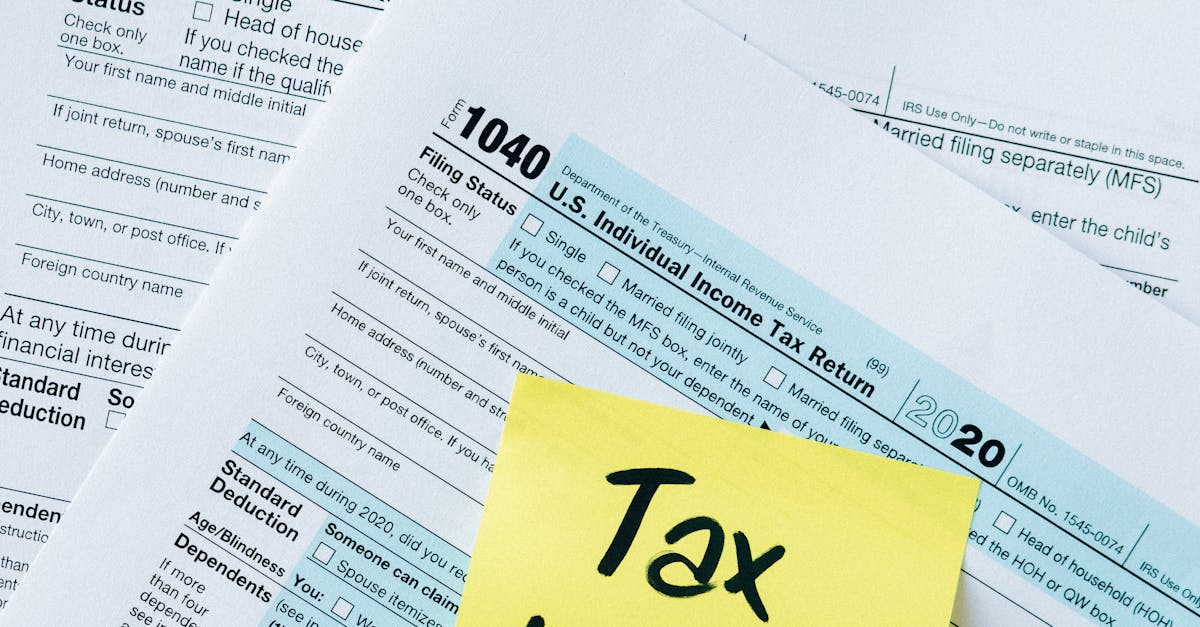Understanding your tax obligations can often feel overwhelming, especially when it comes to the Canada Revenue Agency (CRA) and personal income tax. One crucial aspect of this is the remittance voucher for any amount owing. This blog post will break down everything you need to know about the CRA personal income tax remittance voucher, providing you with a clear roadmap to navigate your tax responsibilities.
| Item | Description |
|---|---|
| What is a Remittance Voucher? | A document used to submit payments to the CRA for any amount owed. |
| Why is it Important? | It ensures that your tax payments are properly recorded and applied. |
| How to Obtain a Remittance Voucher? | It can be obtained online or through your CRA My Account. |
| When to Use a Remittance Voucher? | Use it when you have a balance owing on your income tax return. |
| Payment Methods | You can pay via online banking, credit card, or by mail. |
| Deadline for Payment | Payments must be made by the due date to avoid penalties. |
| Consequences of Non-Payment | Failure to pay can lead to interest charges and collection actions. |
What is a Remittance Voucher?
A remittance voucher is a crucial document that you use when making a payment to the CRA for any outstanding taxes owed. It serves as a payment slip that helps the CRA identify your account and ensure that your payment is processed correctly. When you file your taxes and find that you owe money, the remittance voucher is what you will need to submit along with your payment to ensure it is credited to your tax account accurately.

Why is it Important?
The importance of the remittance voucher cannot be overstated. It acts as a formal notification to the CRA that you are making a payment towards your tax liability. This document not only facilitates the proper recording of your payment but also helps in tracking your tax payments over time. If you fail to use the remittance voucher, there could be confusion regarding your payments, leading to potential issues with your tax account.

How to Obtain a Remittance Voucher?
You can easily obtain a remittance voucher through several methods. One of the most convenient ways is by logging into your CRA My Account online. Here, you can generate and print a remittance voucher tailored to your specific tax situation. Additionally, if you prefer, you can request a remittance voucher to be mailed to you by contacting the CRA directly. This ensures that you have the correct information and format for your payments.

When to Use a Remittance Voucher?
It is essential to use a remittance voucher whenever you have a balance owing on your income tax return. This situation typically arises when your total tax liability exceeds the amounts that have already been withheld from your income or paid in advance. Using the remittance voucher in these cases is crucial to ensure that your payment is processed correctly and that you avoid any complications with the CRA.

Payment Methods
There are several convenient payment methods available for submitting your remittance voucher. You can pay online through your bank’s online banking platform, which allows for quick and easy transactions. Alternatively, you can choose to pay by credit card or by mailing a cheque along with your remittance voucher. Each method has its advantages, so select the one that works best for your financial situation and preferences.

Deadline for Payment
To avoid any penalties or interest charges, it is crucial to make your payment by the deadline specified by the CRA. Typically, this due date is set for April 30th for most individuals, but it can vary depending on your specific tax situation. Always be aware of the deadlines to ensure that your payments are made on time and that you maintain a good standing with the CRA.

Consequences of Non-Payment
Failing to pay your taxes on time can lead to significant consequences. The CRA will start charging interest on any amounts owed, which can accumulate quickly, increasing your financial burden. Additionally, non-payment can result in collection actions, including garnishments or liens against your property. It is always best to address any outstanding amounts promptly to avoid these potential complications.

FAQ
What should I do if I lost my remittance voucher?
If you lose your remittance voucher, you can log into your CRA My Account to print a new one. Alternatively, you can contact the CRA directly for assistance in obtaining a replacement voucher.
Can I make a partial payment with my remittance voucher?
Yes, you can make partial payments using your remittance voucher. Just ensure to specify the amount you are paying on the voucher and keep track of the remaining balance.
What if I overpay my taxes?
If you overpay your taxes, the CRA will apply the overpayment to your account, and you can request a refund or apply it to future tax obligations.
Is there a penalty for late payment?
Yes, there are penalties for late payment, which can include interest charges and additional fees. It’s essential to pay on time to avoid these penalties.
References:
– [Canada Revenue Agency – Personal Income Tax](https://www.canada.ca/en/revenue-agency/services/tax/businesses/topics/payroll/employers-guide/what-is-remittance-voucher.html)
– [Canada Revenue Agency – Payment Options](https://www.canada.ca/en/revenue-agency/services/payments.html)
– [Canada Revenue Agency – Filing Your Taxes](https://www.canada.ca/en/revenue-agency/services/tax/businesses/topics/filing-your-taxes.html)




